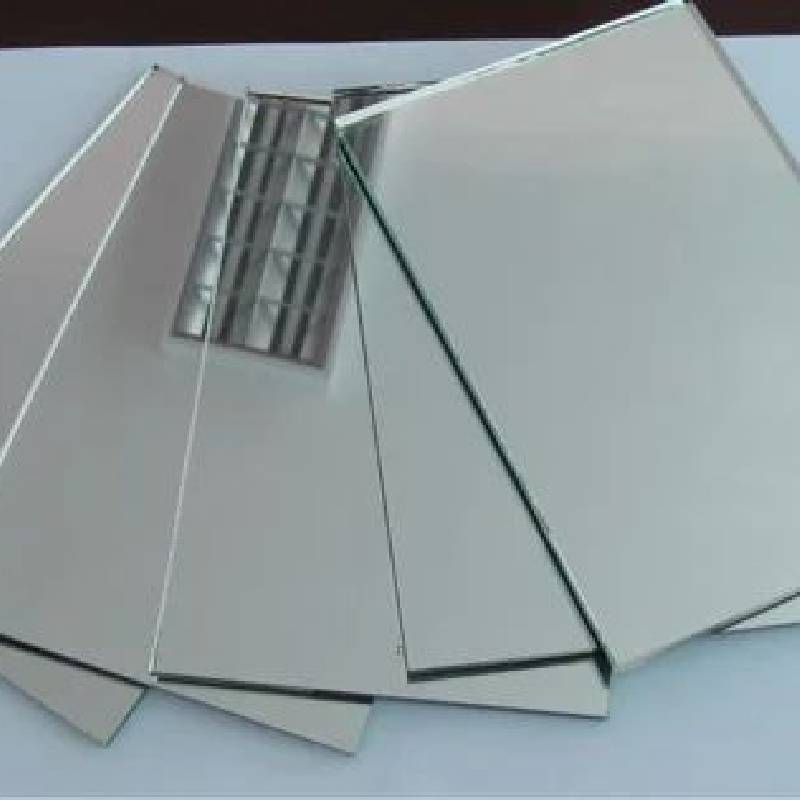

Understanding Low-E Glass Options for Your Home
When it comes to building or renovating a home, energy efficiency is a hot topic, and one of the most effective ways to enhance it is through the use of low-emissivity (low-E) glass. This specialized type of glass is designed to minimize the amount of infrared and ultraviolet light that can pass through it, without compromising the amount of visible light that enters. If you're considering upgrading your windows or installing new ones, it's essential to understand the various low-E glass options available and how they can benefit your home.
What is Low-E Glass?
Low-E glass features a microscopic layer of metal oxide applied to one side of the glass pane. This coating helps reflect heat back into the home during winter months while keeping the heat outside during the summer, which aids in maintaining a consistent indoor temperature. By reducing the amount of energy your heating and cooling systems need to use, low-E glass can lead to significant savings on your energy bills.
Types of Low-E Glass
There are two primary types of low-E glass hard-coat and soft-coat
.1. Hard-Coat Low-E Glass Also known as pyrolitic glass, this type is made by applying the low-E coating during the glass manufacturing process while the glass is still in a molten state. Hard-coat low-E glass is durable, making it suitable for outdoor applications. It is typically less expensive than soft-coat options and provides good performance in warmer climates.
2. Soft-Coat Low-E Glass This glass type is treated with a thin layer of silver or other metals, which gives it superior reflective properties. The coating is applied to the surface of the glass after it has been manufactured, requiring special handling to avoid damage. Soft-coat low-E glass offers excellent thermal performance and is especially effective in cold climates, providing better insulation values than hard-coat options.

Choosing the Right Low-E Glass for Your Home
When selecting low-E glass for your home, several factors should be considered
- Climate Your geographic location plays a significant role in determining the best low-E glass option. For colder climates, soft-coat glass is often recommended due to its superior thermal performance. In contrast, hard-coat glass may suffice in moderate or warmer regions.
- Visible Light Transmission (VLT) Different low-E coatings can affect how much natural light your home receives. If maximizing daylight is a priority, look for low-E glass options with high VLT values that still provide energy efficiency.
- Solar Heat Gain Coefficient (SHGC) This rating measures how much solar radiation can enter through the glass. A lower SHGC is beneficial in hot climates, as it reduces heat build-up indoors, while a higher SHGC may be desirable in cooler areas where passive solar heating is advantageous.
- U-Factor This measurement indicates the rate of heat transfer through the glass. A lower U-factor signifies better insulating properties and overall energy efficiency.
Conclusion
Investing in low-E glass for your windows can greatly enhance your home's energy efficiency, reducing both heating and cooling costs while maintaining comfort. By understanding the different options available and their specific benefits, you can make an informed decision that not only improves your living space but also contributes to environmental sustainability. Whether constructing a new home or upgrading existing windows, low-E glass is a smart choice for energy-conscious homeowners.